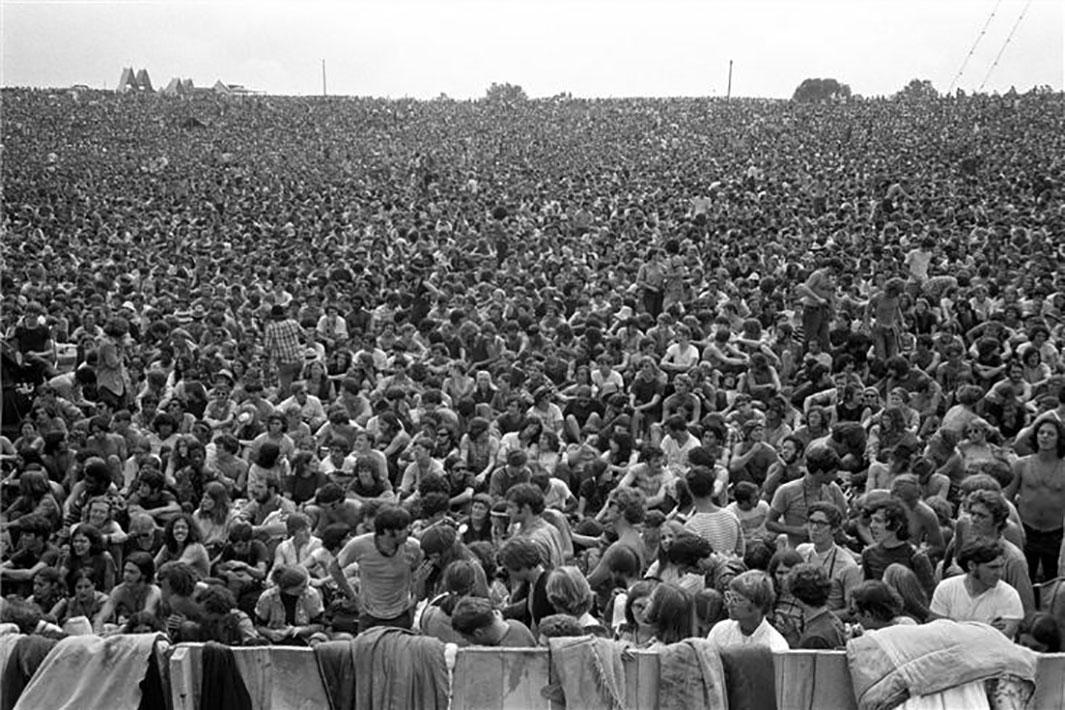Forty-seven years after the Woodstock Music and Art Fair, it’s arguable whether there has since been anything like it. Baron Wolman, Rolling Stone’s first staff photographer, photographed the inaugural festival, which actually took place an hour’s drive from Woodstock, New York, in Bethel, New York, beginning Aug. 15, 1969. No one knew what to expect, he said, except the music lineup “was dynamite.”
“Like a bee is attracted to a flower, the people couldn’t resist,” he wrote via email. “For me, the moment I encountered that enormous stage and a crowd of untold thousands, I was literally blown away. I had never, ever experienced anything like it. Nobody had.”
During the festival, Wolman shot about 30 rolls of black-and-white film, a number of images that might today be equaled in a few hours by someone with an iPhone. Wolman didn’t shoot in color because Rolling Stone didn’t print in color at that time. In addition, Wolman and Jim Marshall were working on the book Festival! A Book of American Music Celebrations that took them around the country documenting a variety of music festivals. Wolman’s images also became part of the book Woodstock, and the work is currently being shown in London at Proud Camden Exhibition and in Los Angeles at Mr. MusicHead Gallery, which also features Wolman’s music portraits.
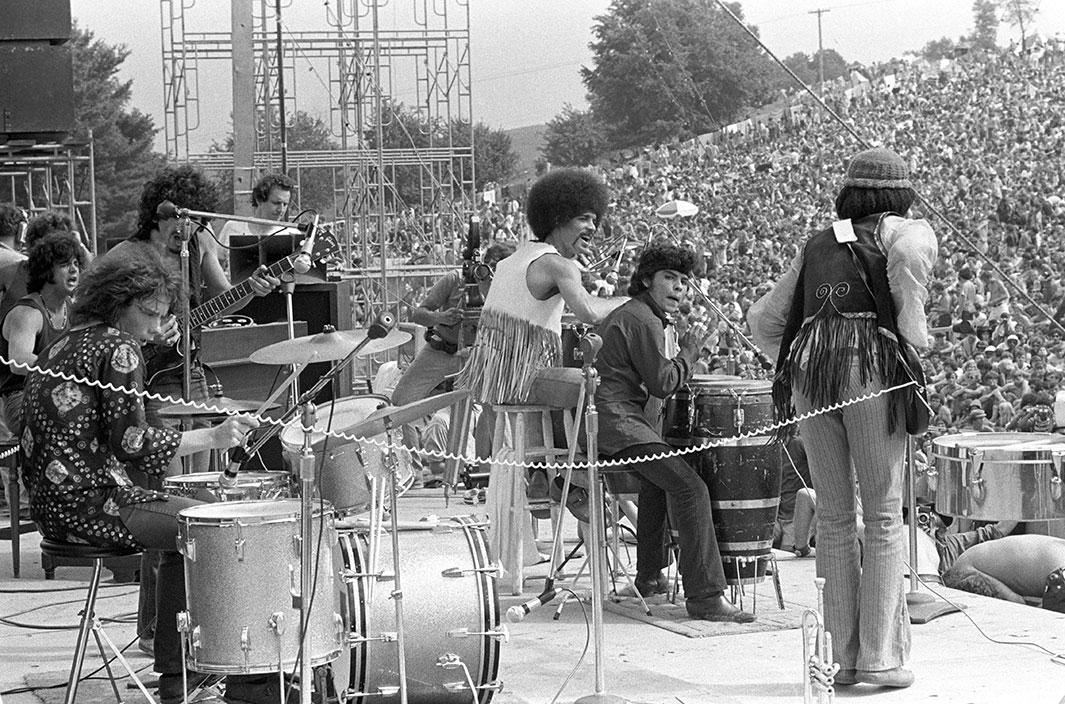
Baron Wolman
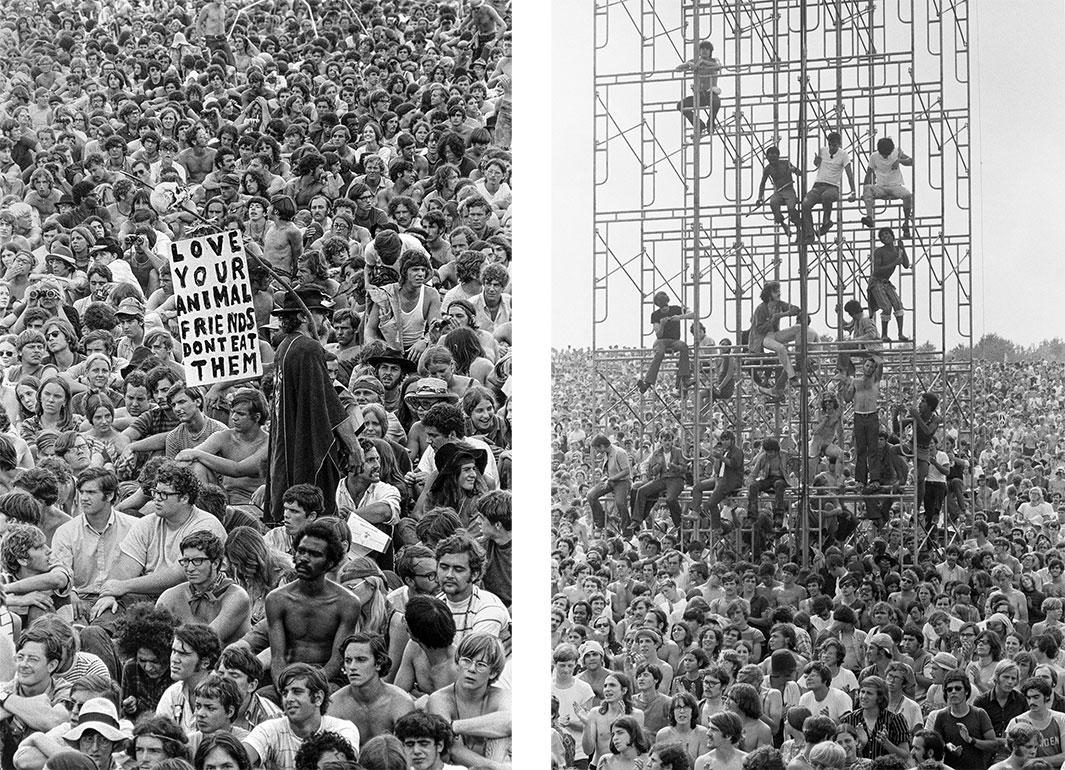
Baron Wolman
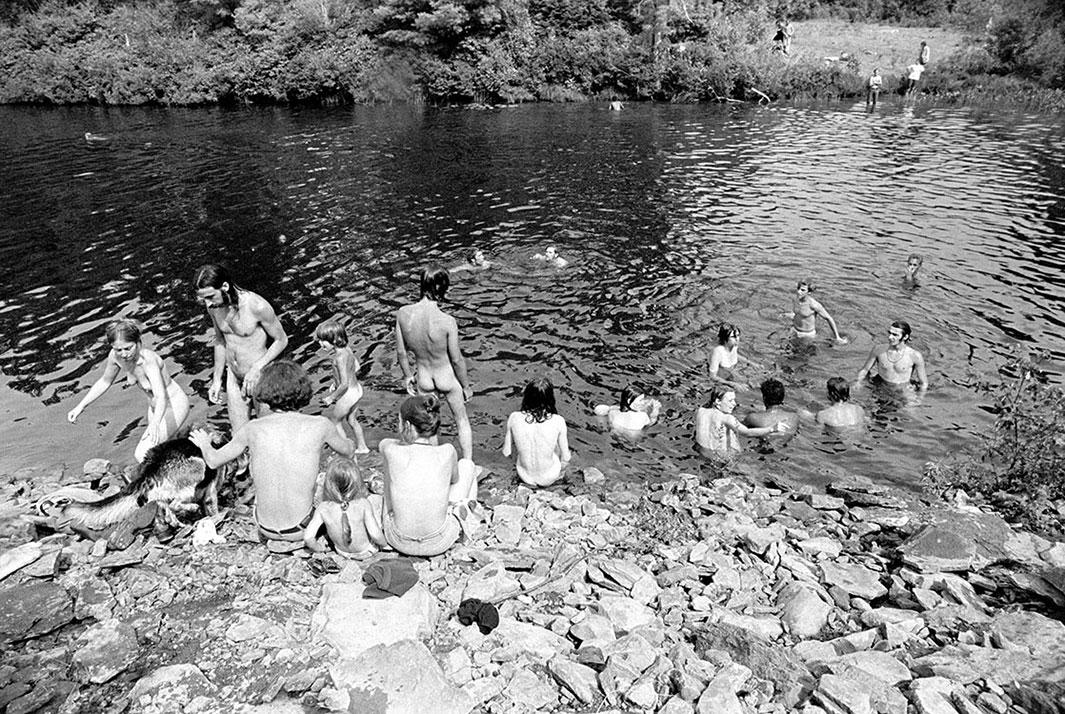
Baron Wolman
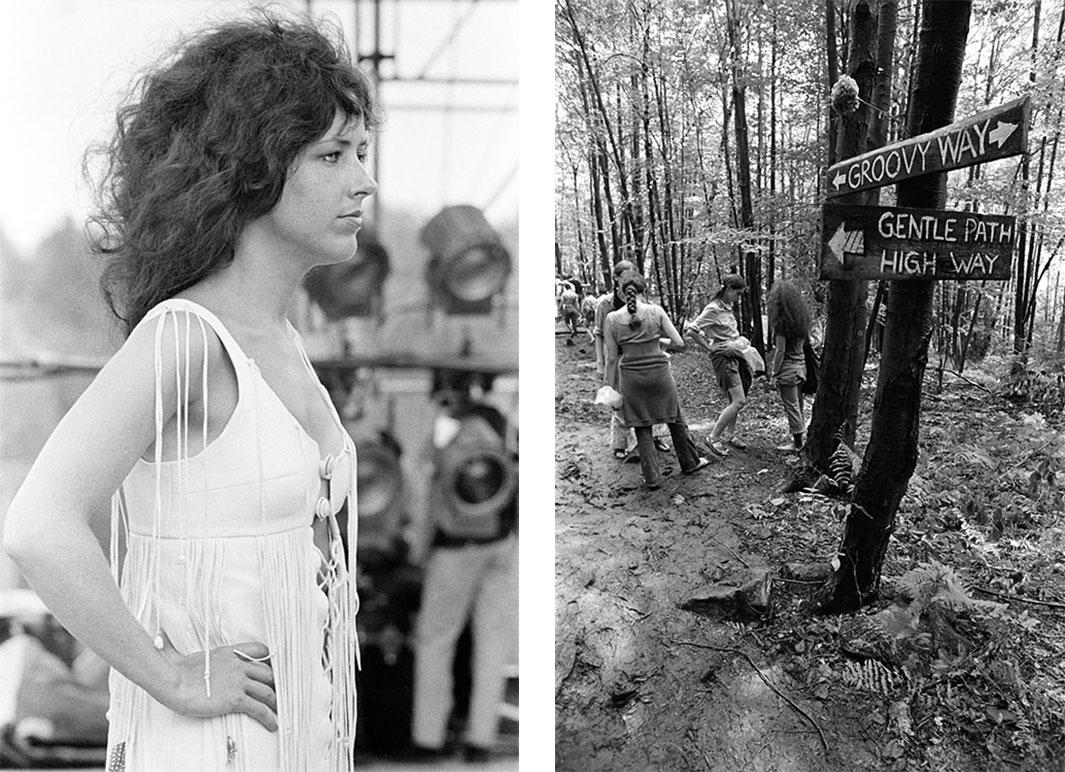
Baron Wolman
Wolman approached shooting Woodstock as a documentary project, since he had already photographed most of the bands by that time. “The people and their experience at this unique festival became my focus,” he wrote.
Even after 47 years, interest in what happened during one of the most defining events of the 1960s remains as high as ever. “Woodstock proved people could live in harmony, could help one another, could live without violence and hate, could share with one another,” he wrote. “And … people look back longingly at the festival and the promise of the [’60s]. Then there was hope. Today, there seems to be little hope or good news among all the people of the planet.”
Wolman said he feels privileged to have experienced Woodstock. “For three days, for one brief moment, the dreams of the [counterculture] came true,” he wrote. “There was peace. There was love. And there was music. It’s what we said was possible, and it was possible—we proved it. Unfortunately, the dream lasted only that single, beautiful, mythical weekend.”
He added: “Consider this: more than 300,000 people, and there was no violence whatsoever … and no branded T-shirts.”

Baron Wolman
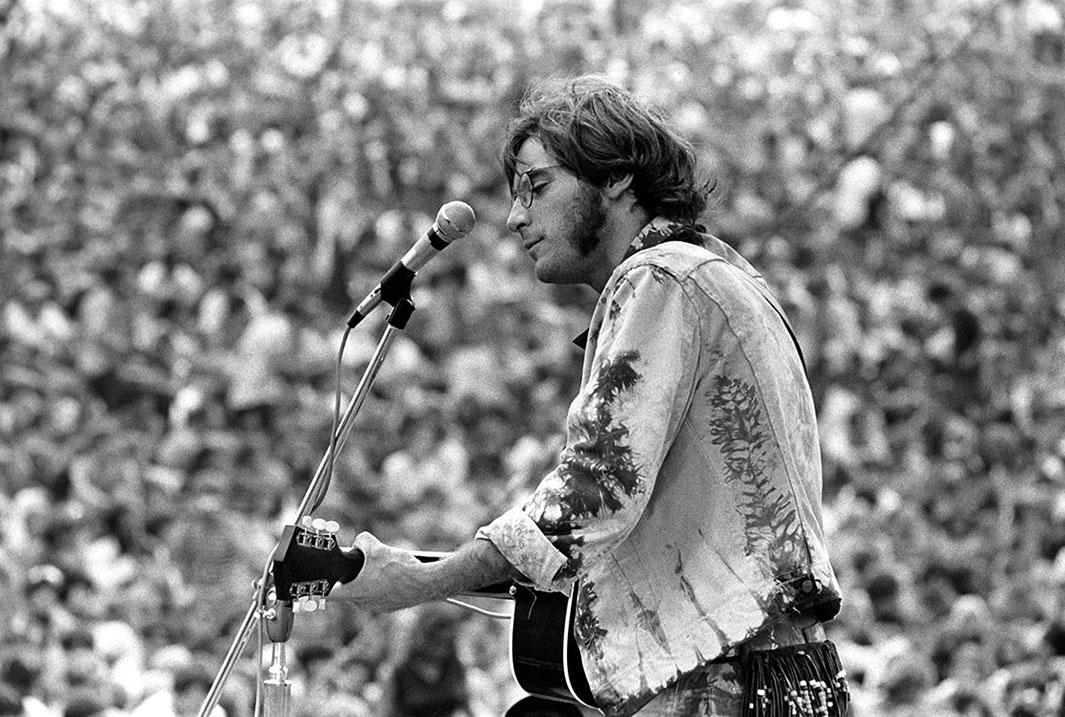
Baron Wolman

Baron Wolman
